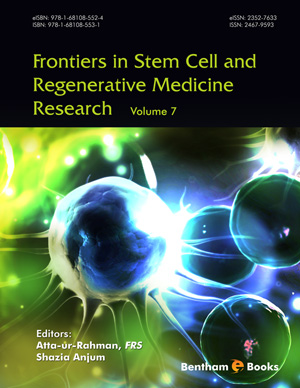Abstract
As the main detoxifying organ of the body, the liver is subject to routine damage. As such it is fitting that the liver has evolved to become a highly regenerative organ. For example, the removal of 2/3 of the liver via partial hepatectomy results in proliferation of hepatocytes in the remaining lobes and recovery of the entire liver in a week. Although it is understood that hepatocytes proliferate after injury, the mechanisms involved are still at debate. One argument is that the liver utilizes progenitor cells, termed “oval cells,” in order to regenerate the damaged tissue after injury. The origin of oval cells is still unclear as certain groups argue they are derived from biliary cells whereas others claim nearly all new hepatocytes are derived from pre-existing hepatocytes with no evidence of progenitor cell contribution. Here, we discuss the current understanding of liver regeneration and a new outlook, which suggests that hepatocytes themselves are plastic and able to dedifferentiate back into their lineage to give rise to new hepatocytes in order to regenerate the liver.
Keywords: Hepatocyte, stellate, Macrophage, Liver, Fibrosis, Hepatectomy, Progenitor, Disease, Injury, Notch.






















